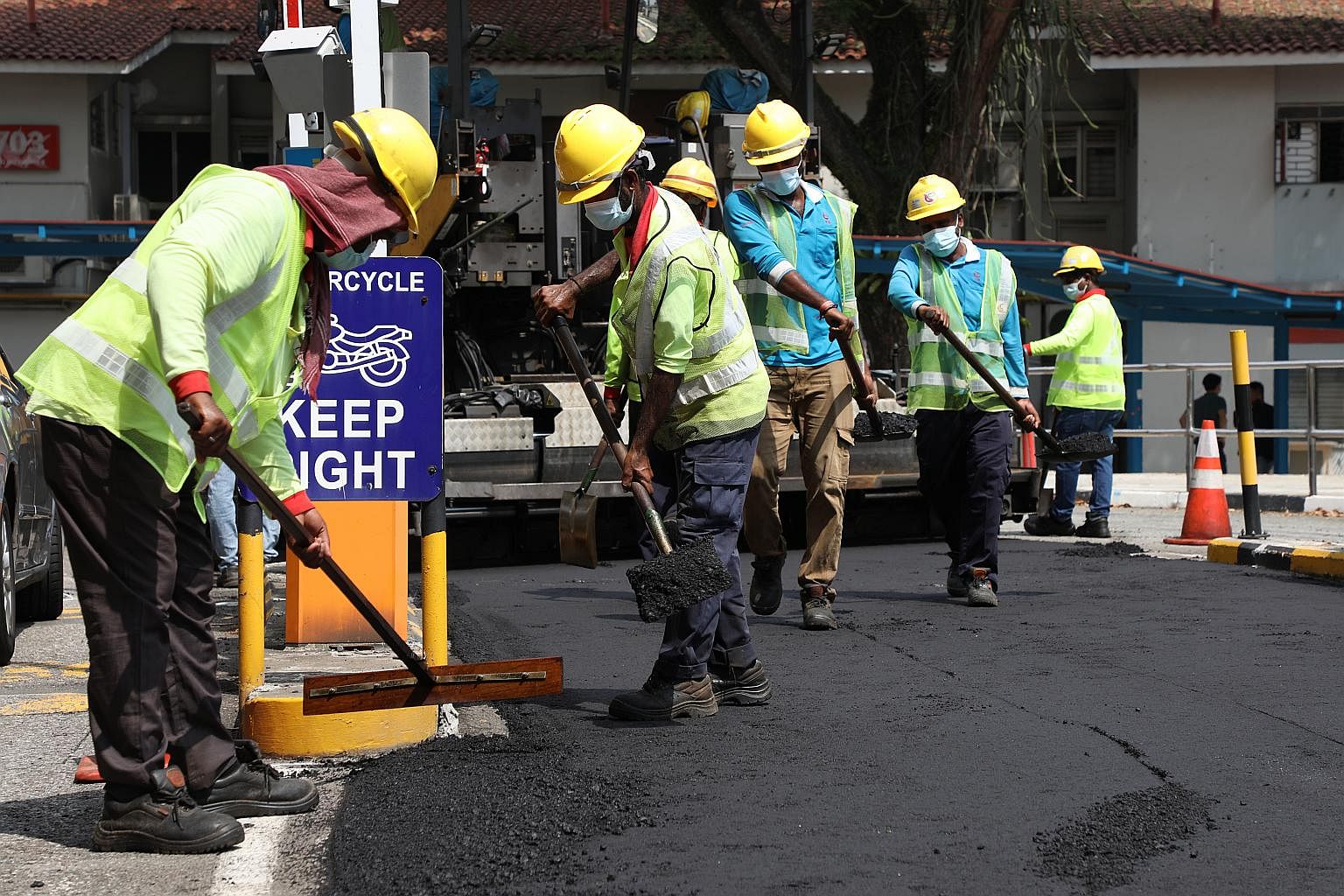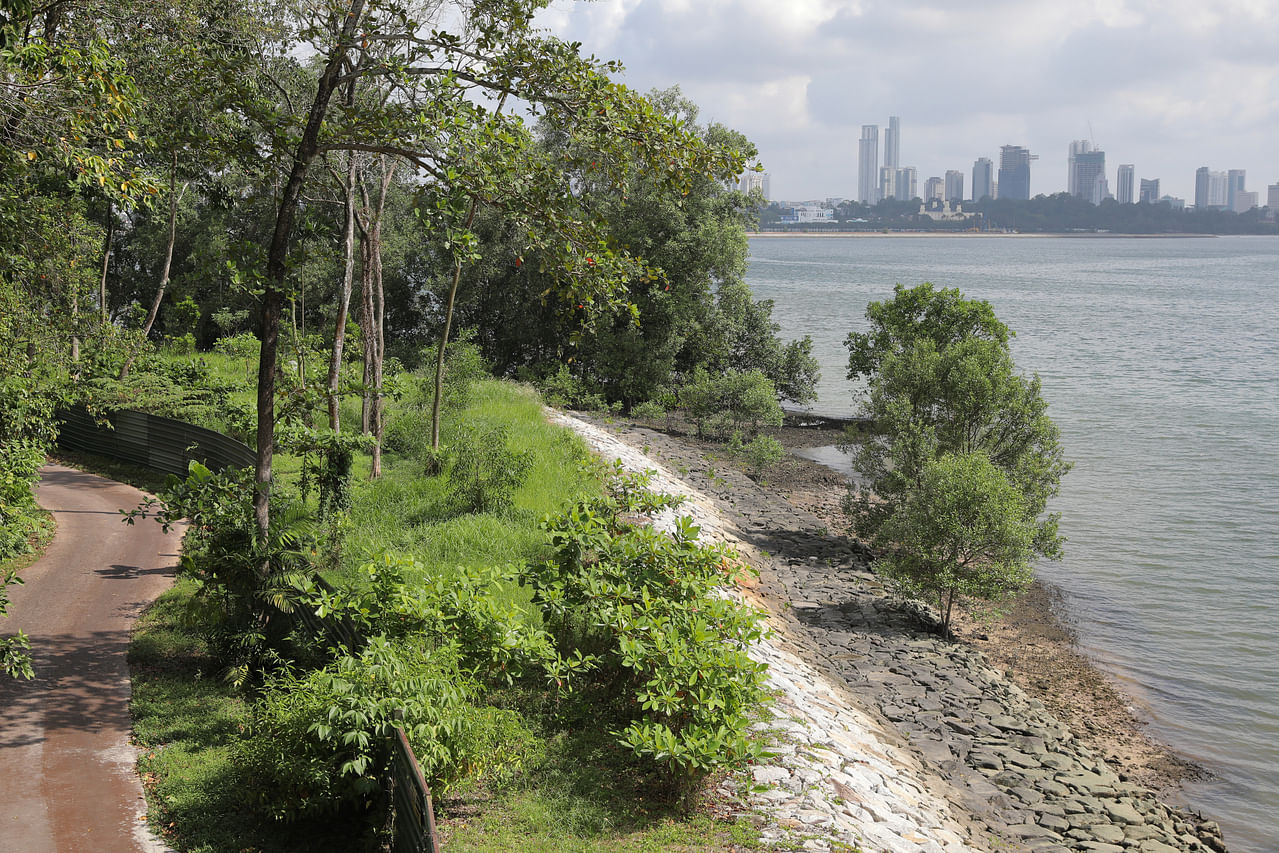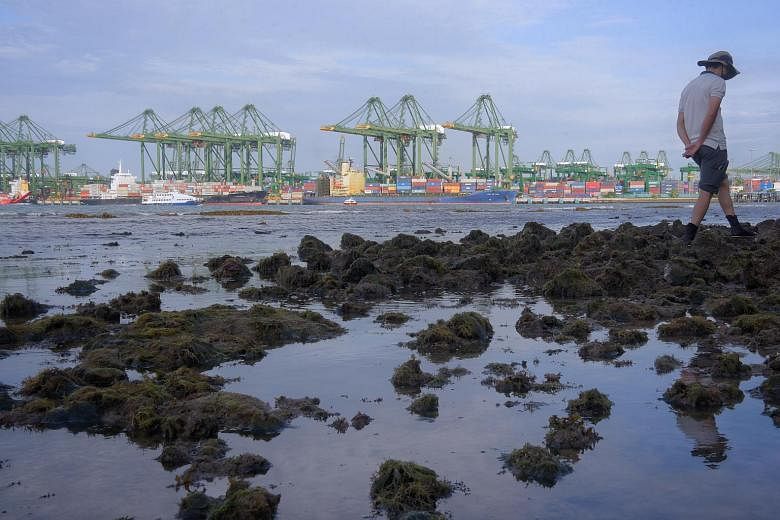In a sobering report released last month, the Intergovernmental Panel on Climate Change detailed how climate impacts were driving humanitarian crises, such as the spread of diseases, and food and water shortages. The report also urged countries to start adapting to climate impacts such as sea-level rise now, and to harness nature in the bid to do so. This week, The Straits Times highlights how cities around the world are preparing to deal with the symptoms of a warming planet.
From Kranji to Wallasea, how humans are helping nature cope with rising seas
As the planet warms, ice sheets melt and sea levels creep up, it is not just cities that are at risk of coastal flooding. Natural habitats, too, could be overwhelmed by the rising tides.
Singapore has already lost much of its wilderness to development, but a new study has found that the nation's mangroves and seagrass meadows could shrink by 20 per cent from current levels by the end of this century due to sea level rise.
Lead author of the study, Dr Nhung Nguyen from the National University of Singapore's (NUS) Reef Ecology Laboratory, said: "We found that the future land use plans have considerable impact on the ability of these habitats to shift landward."
NUS scientists to study construction workers' risk of heat stress

Scientists here will start a new study into how susceptible construction workers are to heat stress at their worksites and dormitories next month.
Forty employees' and migrant workers' core temperatures and thermal demands will be tracked as they work, allowing scientists to propose solutions to reduce and prevent workers' heat stress.
This will be especially pertinent as climate change is expected to bring in higher temperatures and possibly more heatwaves in future.
From watering drones to flood-water tunnels: Different approaches to climate adaptation in South-east Asia

Countries in South-east Asia, one of the regions most vulnerable to climate change, are stepping up efforts to adapt to the warming planet.
The importance of adaptation - and not just mitigation - was emphasised in a report by the Intergovernmental Panel on Climate Change (IPCC) last month. The world has already warmed 1.1 deg C since pre-industrial times, it said, adding that countries will face a diminishing pool of effective adaptive options to choose from as the situation worsens.
Experts from around the region told The Straits Times that though the neighbouring countries in South-east Asia face a lot of the same climate threats, key differences in each country mean there is no one-size-fits-all approach.

